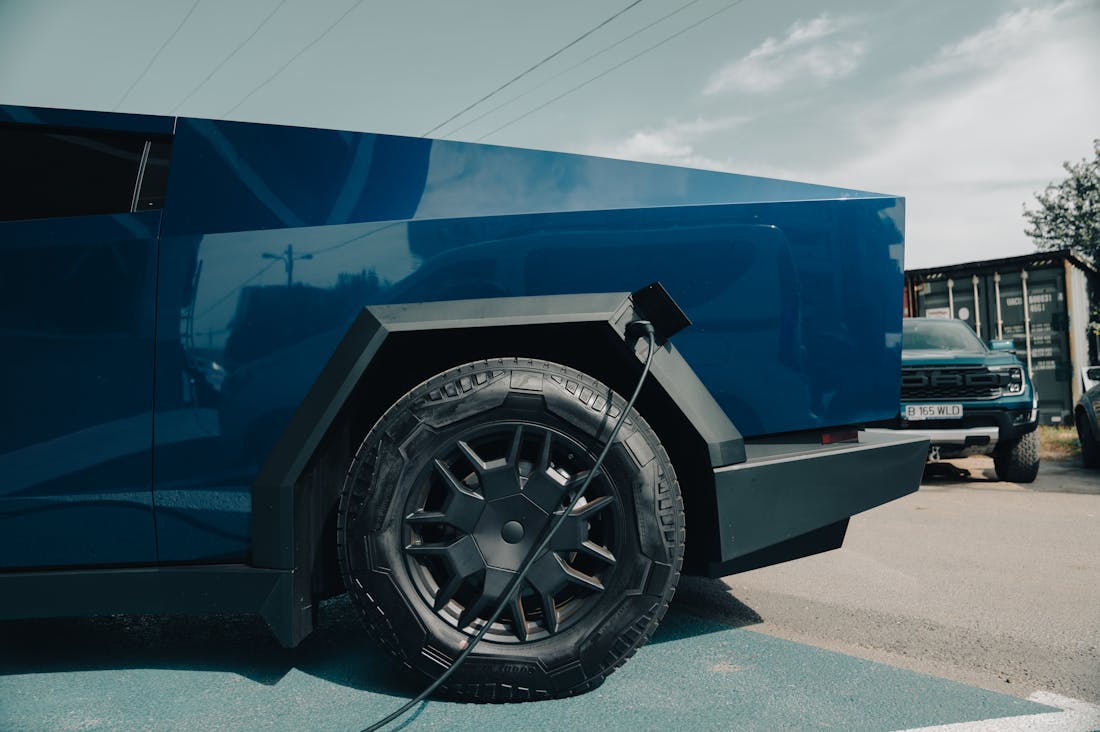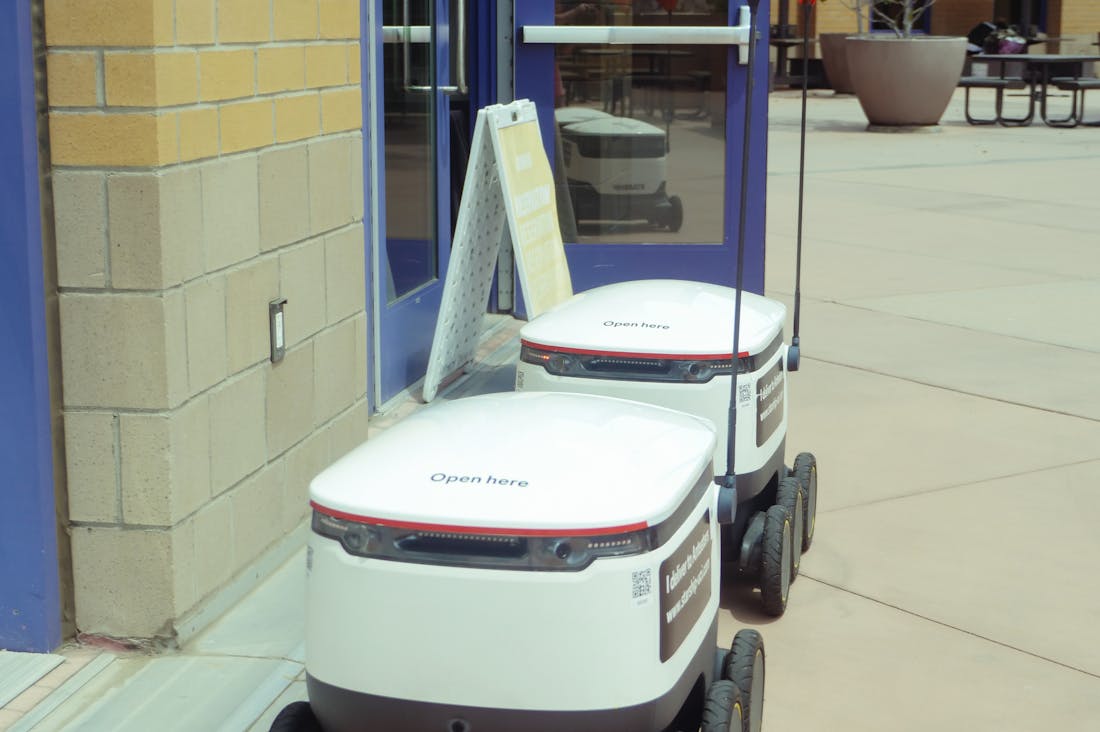In an era defined by rapid technological advancements, the automotive industry stands at a pivotal crossroads. As innovation accelerates, manufacturers face the challenge of merging cutting-edge technology with consumer comfort and safety. This exploration delves into how smart automation, electric vehicles, and connectivity are reshaping the driving experience, ultimately enhancing our daily lives. Through an examination of emerging trends and consumer expectations, we will navigate the future of automotive technology, illuminating the balance between pioneering developments and the essential element of comfort that drives user satisfaction. Join us as we explore these dynamic interactions and their implications for the road ahead.

Revolutionary Technologies in Modern Vehicles
Revolutionary technologies in modern vehicles have transformed the automotive industry, enhancing safety, efficiency, and user experience. Advanced driver-assistance systems (ADAS) utilize sensors, cameras, and artificial intelligence to provide features such as adaptive cruise control, lane-keeping assistance, and automatic emergency braking, significantly reducing the risk of accidents. Electric vehicles (EVs) have gained traction, with innovations in battery technology leading to longer ranges and quicker charging times, promoting sustainability. Moreover, connectivity features have paved the way for smart vehicles that integrate with mobile devices, allowing for real-time navigation updates and vehicle diagnostics. Autonomous driving technology is on the horizon, promising to redefine transportation by reducing human error and congestion, ultimately reshaping urban mobility. These advancements reflect a commitment to not only enhancing driving experience but also addressing environmental challenges, making modern vehicles a blend of technology and innovation.

The Role of Sustainability in Automotive Design
Sustainability plays a pivotal role in automotive design as the industry seeks to mitigate its environmental impact amidst growing concerns over climate change and resource depletion. Manufacturers are increasingly prioritizing eco-friendly materials, such as recycled metals and bio-based plastics, to minimize waste and reduce carbon footprints during production. Additionally, the shift toward electric vehicles (EVs) underscores the importance of sustainable energy sources, promoting cleaner alternatives to traditional combustion engines. By embracing circular economy principles, designers are also focusing on creating vehicles that are easier to repair, upgrade, and recycle, thus extending product lifecycles. Ultimately, integrating sustainability into automotive design not only meets regulatory demands but also aligns with the evolving consumer preferences for greener transportation options.

The Future of Autonomous Vehicles: Promise or Peril?
The future of autonomous vehicles (AVs) presents both exciting possibilities and significant challenges. On one hand, the promise of AVs lies in their potential to enhance road safety by reducing human error, which accounts for the majority of traffic accidents. Additionally, they offer the prospect of streamlined traffic flow, reduced emissions, and increased mobility for those unable to drive, such as the elderly or disabled. However, these advancements come with potential perils, including ethical dilemmas in decision-making algorithms, cybersecurity vulnerabilities, and the economic impact on driving jobs. Balancing innovation with regulation and public trust is essential to fully realize the benefits of this technology while mitigating its risks. As society approaches this transformative era, thoughtful discussions and proactive measures will shape the trajectory of autonomous vehicles, determining whether they become a boon or a burden.
The Role of Connectivity in Modern Vehicles
Connectivity has become a cornerstone of modern automotive design, revolutionizing how drivers interact with their vehicles. Smart technology enables features such as remote start, location tracking, and vehicle health monitoring, all accessible through mobile apps. This integration fosters an ecosystem where vehicles communicate with each other and traffic infrastructure, enhancing safety and efficiency on the roads. Furthermore, over-the-air updates allow manufacturers to enhance vehicle performance and introduce new features without requiring a physical service visit. As consumer expectations for seamless connectivity rise, automakers are investing heavily in creating a connected experience that prioritizes convenience, safety, and engagement.
Emerging Trends in Vehicle Design and User Experience
As automotive technology evolves, so does the approach to vehicle design and user experience. Innovations in human-machine interface (HMI) are making controls more intuitive, allowing drivers to interact with their vehicles using voice commands and gesture recognition. Additionally, augmented reality (AR) is making its way into head-up displays, providing real-time navigation and vital information directly on the windshield. This immersive experience not only enhances safety by keeping the driver’s focus on the road but also makes driving more enjoyable and engaging. Emphasizing user-centric design, manufacturers are also exploring customizable interiors and adaptive seating, ensuring that the vehicle caters to individual preferences.
Challenges in the Transition to Electric Mobility
The shift towards electric mobility, while promising, comes with a set of challenges that must be addressed for widespread adoption. Infrastructure development is critical; without a robust network of charging stations, the convenience of owning an electric vehicle diminishes significantly. Additionally, range anxiety remains a concern for potential EV buyers, necessitating advancements in battery technology to prolong driving distances. Furthermore, the production and disposal of batteries pose environmental questions that the industry must tackle. Ensuring the sustainability of the supply chain, from sourcing raw materials to recycling old batteries, will be vital in making electric mobility a truly eco-friendly solution, thus gaining public trust and acceptance.